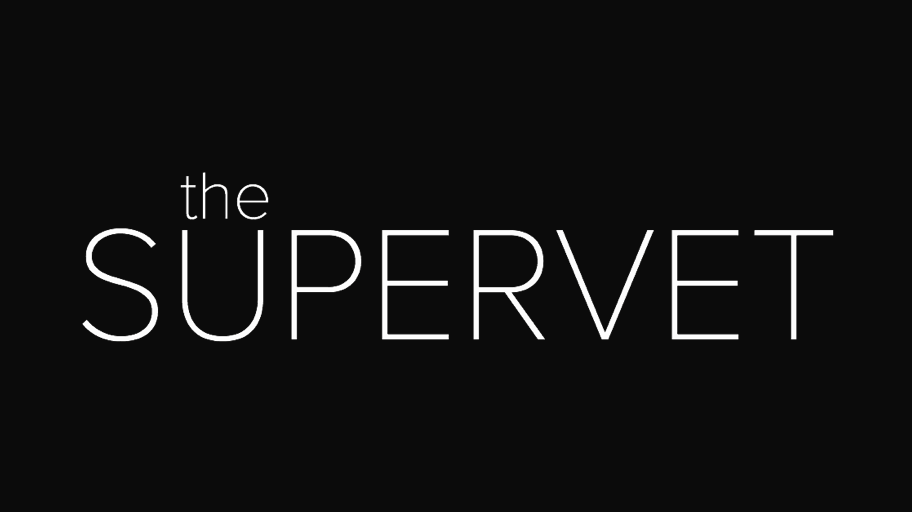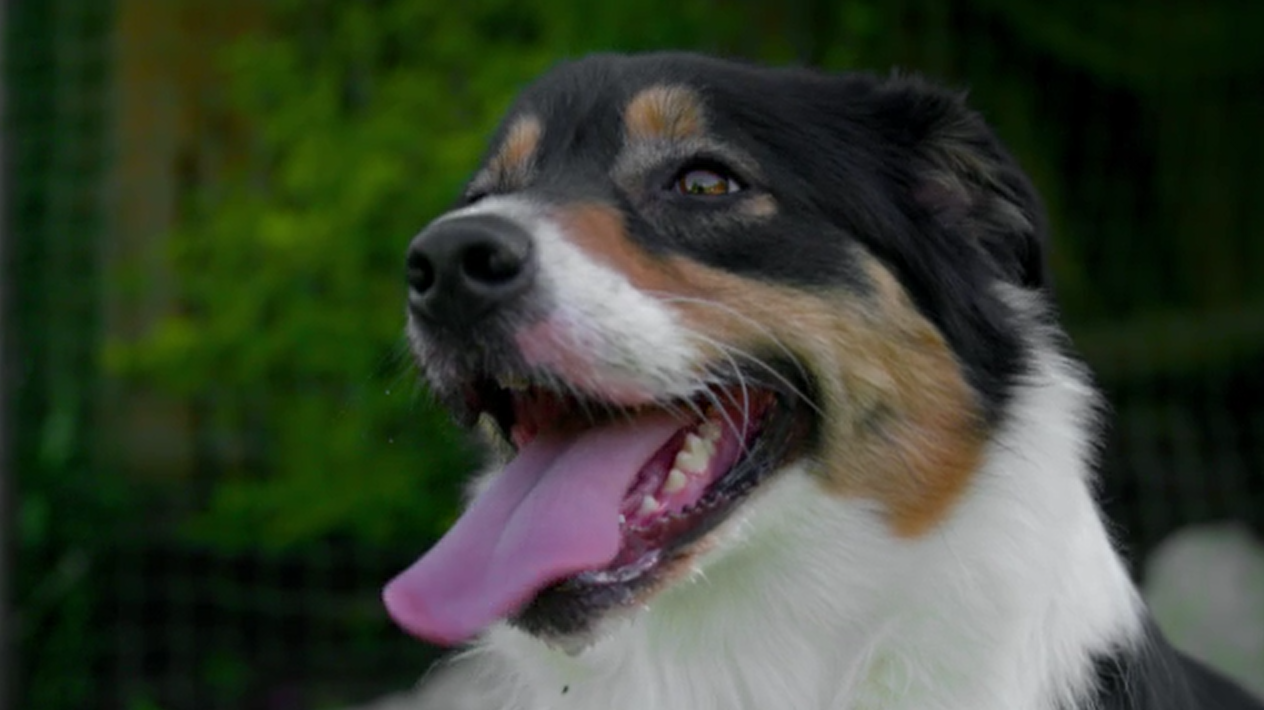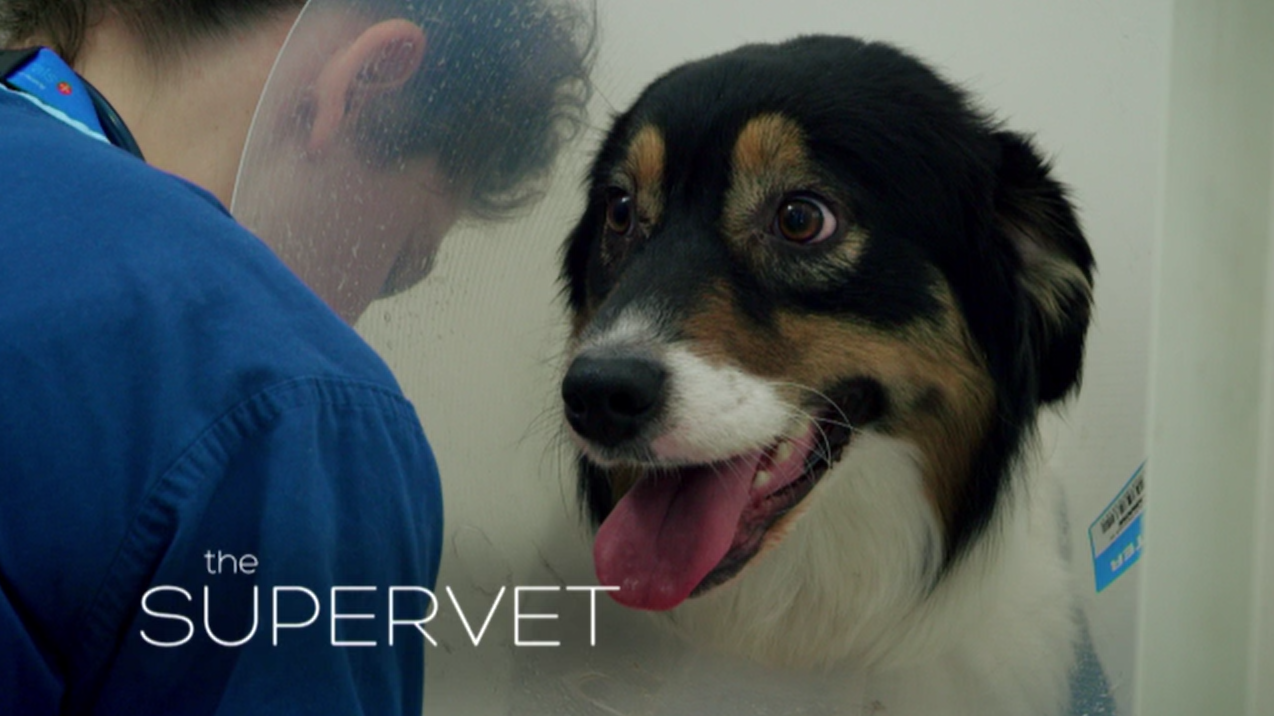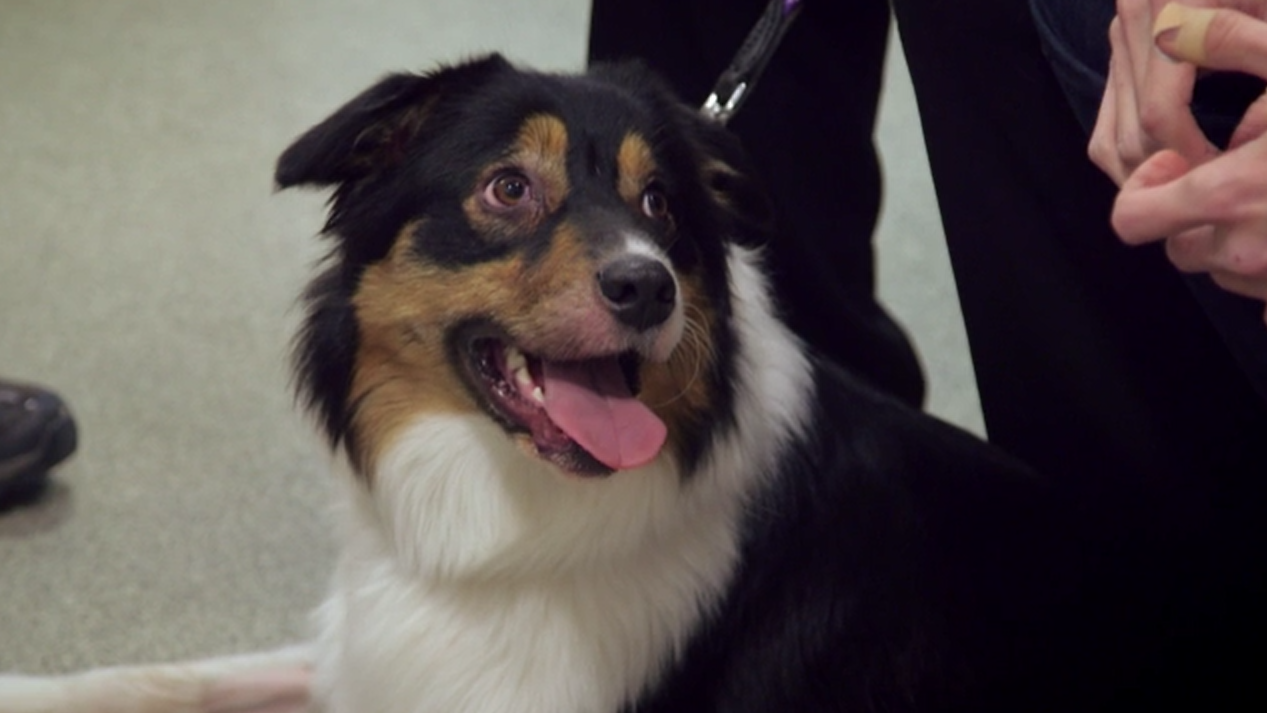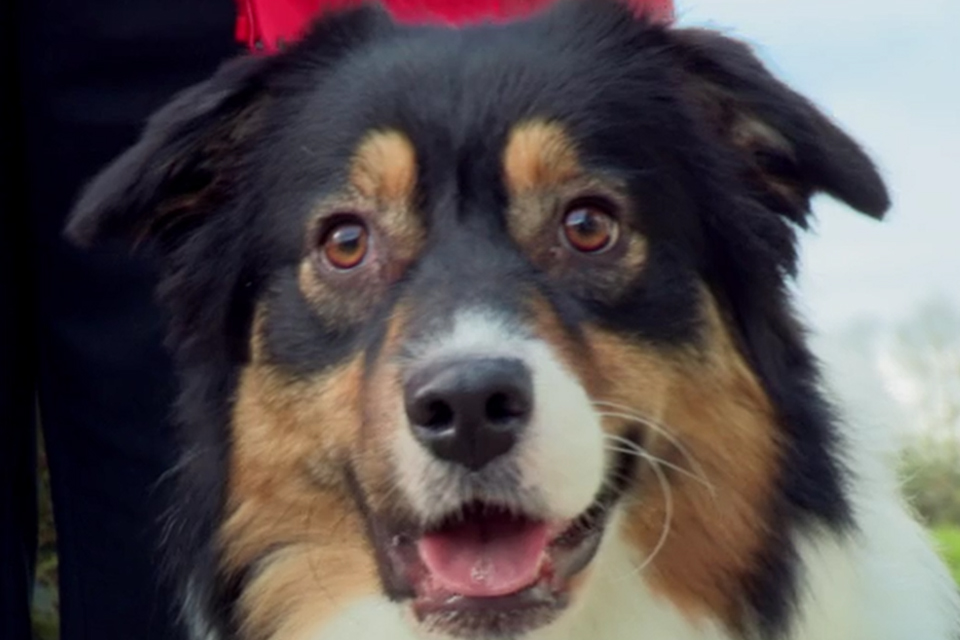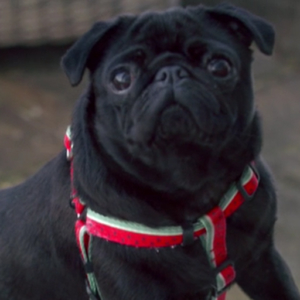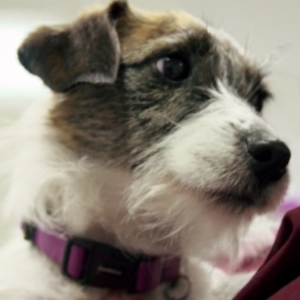Skyla
Andy and mum Lynne arrive with their very chatty 18-month-old Australian Shepherd dog, Skyla. They’ve noticed that she’s not quite herself but despite numerous tests in the past, they are none the wiser about what might be the trouble. Noel suspects that nerve compression in the lower back may be the source, in which case Skyla’s options could be either medication, steroid injections or surgery, but first he has to solve the mystery and put his detective skills to the test. “We’re about to see a bit of a diagnostic conundrum,” says Noel, “nothing on x-ray pictures, nothing on clinical examination and nothing on MRI scan. Welcome to my world.”
Their Story
Skyla is dad Andy’s first dog but he grew up with a mum who bred Australian Shepherd dogs, so it was natural partnering for them both. Skyla spends a lot of time with Grandma Lynne’s Australian Shepherd family but her injury has prevented her from joining in with the fun and she’s had become very vocal as a result!
The Problem
Nine months prior to her referral, Andy noticed that Skyla was holding her right hind leg up whilst they were out on a walk. She began to refuse to put her foot on the floor and was bunny hopping instead of running. Andy sought advice from his local vet who administered medicine and physiotherapy but to no avail, treatment hadn’t worked. Lynne initially thought Skyla may have had a trapped nerve but local vets couldn’t figure out what the problem was. In an attempt to solve the mystery, they turned to Professor Noel Fitzpatrick.
After examining Skyla, Noel confirmed to Lynne that he thought her suspicions were correct. A dynamic MRI scan supported this – Skyla had a bulging disc in her lower back. The special scanning technique, developed by Noel and his team, allowed them to scan Skyla in an active position, as opposed to the sedentary position traditionally used for MRI scans. It was no surprise that the diagnosis was previously a mystery, as the injury had gone unnoticed on previous scans. Skyla was diagnosed with a dynamic intermittent nerve compression.
Noel proposed three options for treatment; continue on medication and physiotherapy, steroid injections for medium-term impact or major surgery to remove the disc and fuse the spine. As medication and physiotherapy had not worked previously, Noel advised that Skyla try three rounds of steroid injections to see if they would have any impact on the injury. If this failed, surgery would be the next option for Skyla's family to consider.
Treatment
Skyla received all three steroid treatments but after the final round, she soon developed a limp again. Noel explained that there were two choices – do nothing or undergo major surgery to remove the disc and fuse the vertebrae in her spine together. He also explained that there were risks involved in the surgery and that there were no guarantees that it would succeed. Andy only wanted the best for Skyla and decided to go ahead with surgery to give her a new lease on life.
Noel began the operation by carefully cutting down through the muscle and drilling out the roof of the spinal canal. Precision was key, as the nerves that are connected to the bladder, anal sphincter and the tail are located directly under the thin spinal roof.
He managed to remove the damaged disc successfully and then moved on to fusing the vertebrae. He pulled the impacted vertebrae apart using his own invention – a spacer that slowly pushes the vertebrae apart and positions them into place – all secured with a clamp, rods and screws.
The operation went well and the team decided to keep her sedated to help her have a restful recovery and to prevent her from getting too vocal with the other patients!
When she see’s other dogs, she just wants to go over and say hi and play with them. I’m desperate to see her healthy again.
